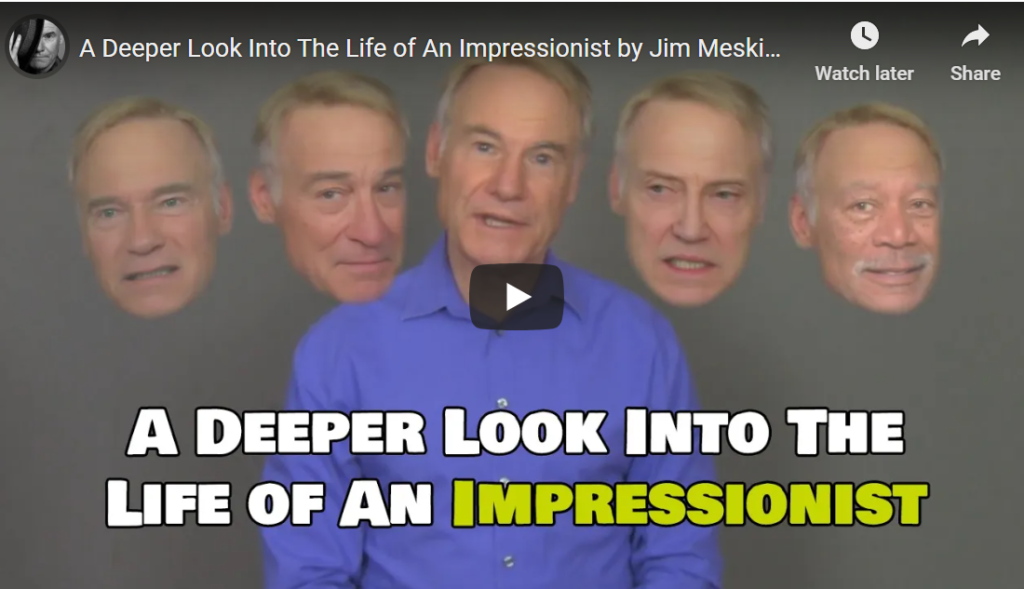Although the photograph above appears to be a real person, she is an example of synthetic media. This woman does not exist.
I am a long-term student of communications. When I heard the term synthetic media it made my teeth hurt. Synthetic media? Is that fake news? What in the world is synthetic media?
I learned about synthetic media and deep fakes during a podcast called Making Sense with Sam Harris. Sam is an American author, philosopher, neuroscientist, and podcast host. His work touches on a wide range of topics, including religion, ethics, neuroscience, meditation, psychedelics, philosophy of mind, politics, terrorism, and artificial intelligence.
If you are intellectually curious, check out a few episodes here. His thoughtful, calm and curious conversation with stimulate a few grey matter cells.
Nina Schick and Deep Fakes
On a recent episode, Sam was interviewing Nina Schick and they were talking about the information Apocalypse. Nina regularly contributes to international broadcasters including CNN, Bloomberg, Sky, and the BBC. She has a new book called Deep Fakes. The book covers the coming synthetic media landscape.
This is a scary topic.
Nina and Sam discuss the coming challenges of understanding what is real – versus synthetic media.

Deep Fakes
If you don’t know what a deep fake is, check out this video of an impressionist Jim Meskimen. As he does impressions, his face changes through Ai. It is subtle, unreal and unnerving.

At first, I didn’t realize why he started to look like each person he was impersonating. Eerie.
Synthetic Media
In her book, Schick talks about Scorsese and his film The Irishman. They spent millions of dollars trying to de-age of De Niro and Pesci with mixed results. Through computer generated imagery (CGI), they made De Niro look younger, but it just didn’t look realistic. You could see the effect.
Then, a few months after the movie came out, a software technologist using free AI software, was able to do a limited ten-minute version of de-aging that is remarkable. It demonstrates what’s coming to media.
Deep Fakes is a type of synthetic media. It could be a video, photograph or text developed by artificial intelligence. It was just in the five years this is possible. In the last two years, it has emerged and is a genie not going back in the bottle.
This Ai tech will completely transform how we will perceive the world. It means anybody can create content with the fidelity of what only Hollywood can do today – at virtually no cost. Watch a clip here.
CGI can’t get people right. Computers can create synthetic human faces that looks perfect. Go to www.thispersondoesnotexist.com to see images of people who don’t exist and were generated by Ai.
Imagine someone hijacking your biometrics. Your voice, your look, etc. This is the most potent form of misinformation. Imagine videos of leaders saying things they never said and looking so real, you can’t decide if its fake.
Almost 200 companies are working on generating synthetic media. The use and intent are what matters. Deep Fake is when synthetic media is used for nefarious purposes.
Another example of this is called Re-Face. The software takes someone’s face and dropping it into popular movies. Watch this compilation from YouTube of dropping a face into movie scenes. It is an example of how synthetic media is coming.
So now that I know what synthetic media is, I’m scared.
And my teeth still hurt.
Need help with authentic marketing versus that synthetic stuff?
I can help. You can set up a time chat with me about your marketing challenges using my calendar. Our initial conver?sation is free. You talk, I listen. Email me jeffslater@themarketingsage.com or call me. 919 720 0995. Visit my website at www.themarketingsage.com. Let’s explore working together today.

Photo from: This Person Does Not Exist Website: Imagined by a GAN (generative adversarial network) StyleGAN2 (Dec 2019) – Karras et al. and Nvidia




